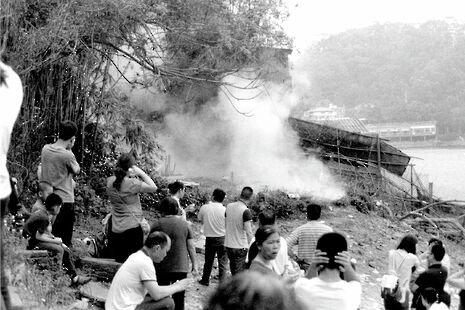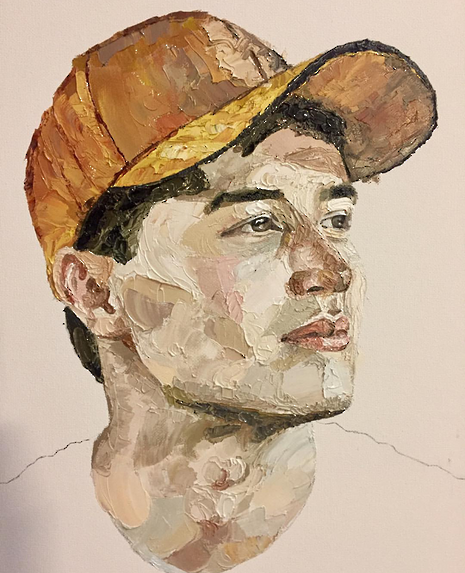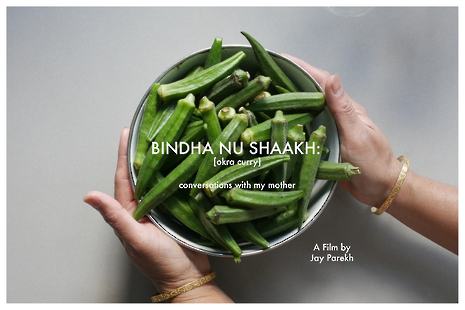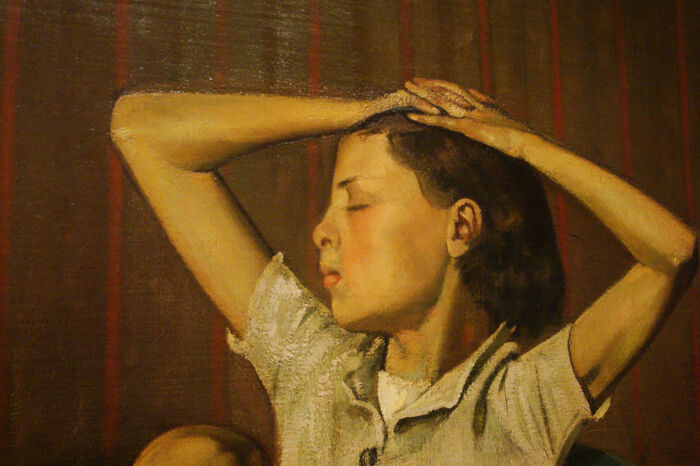third space preview: ‘we don’t get represented enough in the media, or anywhere’
Elizabeth Howcroft interviews curator Jay Parekh on the upcoming exhibition of BME artwork
In The Location of Culture, critical theorist Homi Bhabha discusses the ‘Third Space’. It’s a hybrid place, inhabited by those who are caught somewhere between ‘here’ and ‘there’, belonging to two places and cultures but fully occupying neither. It is from this concept that the upcoming exhibition of BME artwork gets its name.
Jay Parekh, a third-year architect at Sidney, tells how a lecture last year on postcolonial theory inspired the exhibition. “I remember a lot of us just coming out of that lecture so angry, but also feeling empowered. One of those moments where everything just clicks, and you feel like doing something about it.”
The exhibition’s logo is derived from Bhabha’s theory–two overlapping circles, with ‘third space’ written in the intersection: “You’re from neither here nor there, you occupy a space within both of those boundaries but not akin to just one.”
“Growing up in the third space, with parents from a different culture, creates a kind of really internalised racism”
Held in Sidney Sussex’s squash court, third space will display artwork by BME students. “It’s not just art by BME people,” Jay clarifies, “it’s about being BME and the issues we face.”
“It’s about exploring the issues that we face; such as representation, marginalisation, displacement, communication, discrimination etc.”
third space is supported by the CUSU BME campaign. One of the most interesting ways that people have got involved in the exhibition is through family photographs, which often tell the most personal stories.
Kaye Song’s photo series shows a traditional ceremony of ancestral veneration she attended with her father near his hometown Guangzhou, in China. The photographer is reduced to the role of spectator as she watches relatives she had never met take part in rituals which were unfamiliar only to her.

The exhibition will also feature a metre-wide painting by Kayoon Anderson, who explores the definition of identity through a portrait of her brother, Seungyeon. Kayoon and Seungyeon both have British and Korean passports but Kayoon considers the sibling bond between them to have formed her identity more than any physical place. “Home is not the country you were born in, but the people you hold close to your heart,” she says.

The photo series Apology to Green Street by Faria Tabassum captures the multicultural London street where she grew up. In a powerful essay of the same name, written for Gal-Dem, Faria discussed the shame she felt as a child. “I would complain about the smells; heavy from the sweat of bustling crowds, pungent from raw meat and fish. Implicitly, my issue was with the people who occupied the spaces, created the scents and existed visibly and vibrantly. People who were no different from me and my mother, both first-generation immigrants from Bangladesh. My egotistical snobbery wanted to separate myself from the very people whose relentless labour built up a safe community for marginalised people to occupy.”

Just how individualised this ‘third space’ is becomes clear through the variety of forms through which it is expressed. Jay’s film, which will be shown at the end of the night, is a documentary called Bindha Nu Shaak [okra curry]: conversations with my mother and is about cooking the ancient Gujarati dish, okra, from recipes passed down through generations.
“My parents are the most inspirational figures in my life,” Jay remarks, “and this film is about telling my mother’s story. It explores what it means to be a first-generation South Asian woman existing within patriarchal norms and to raise children in a country which is not yours, having to adapt to these new conditions. It’s deeply personal.”

At the heart of the exhibition’s purpose, Jay says, is representation. “That’s the important thing to me, because we don’t get represented enough in the media, or anywhere. I think that’s the biggest way that things are changing and will need to change. That’s what I want from this exhibition: representation.”
Far more complex ideas of identity, culture, one’s home and one’s self, are at play here and their exposition is as careful and intellectual as it is personal.
The exhibition third space will be at Sidney Squash Courts on Saturday 27th January, 7-11pm, with a live poetry reading at 9pm, followed by a film screening
 News / Clare Hall spent over £500k opposing busway 24 December 2025
News / Clare Hall spent over £500k opposing busway 24 December 2025 Comment / The ‘class’ of Cambridge24 December 2025
Comment / The ‘class’ of Cambridge24 December 2025 News / Caius mourns its tree-mendous loss23 December 2025
News / Caius mourns its tree-mendous loss23 December 2025 Comment / League tables do more harm than good26 December 2025
Comment / League tables do more harm than good26 December 2025 News / Girton JCR publishes open letter expressing solidarity with Palestine25 December 2025
News / Girton JCR publishes open letter expressing solidarity with Palestine25 December 2025









